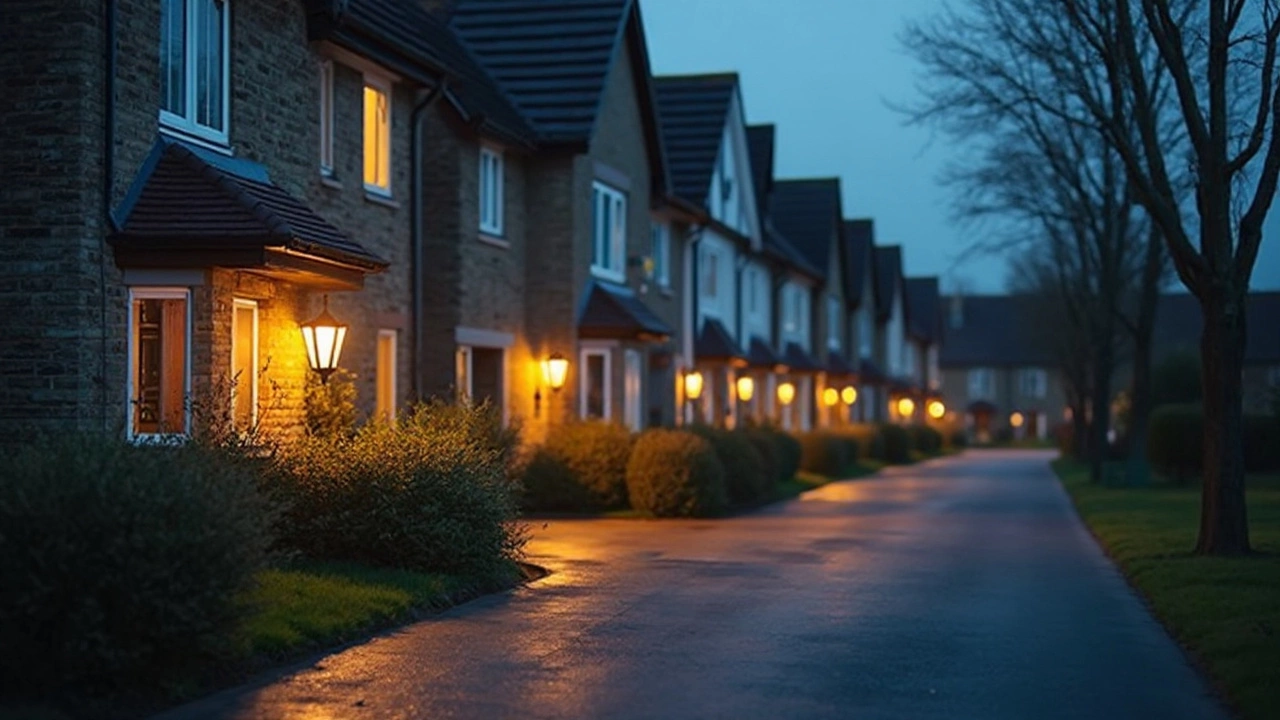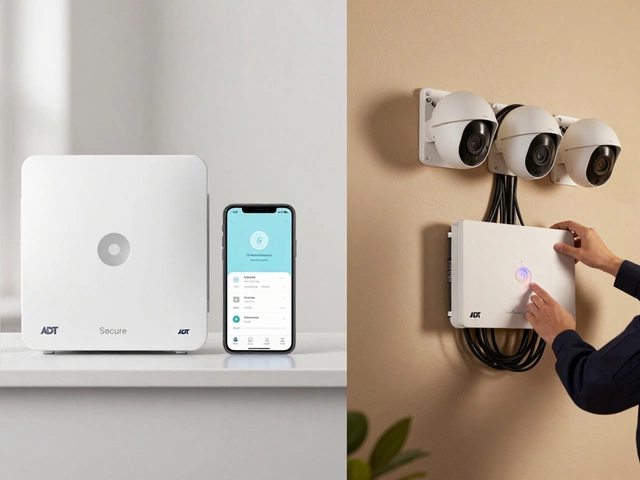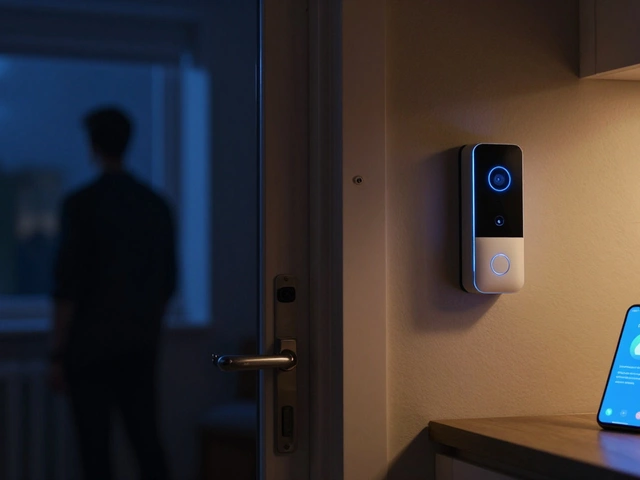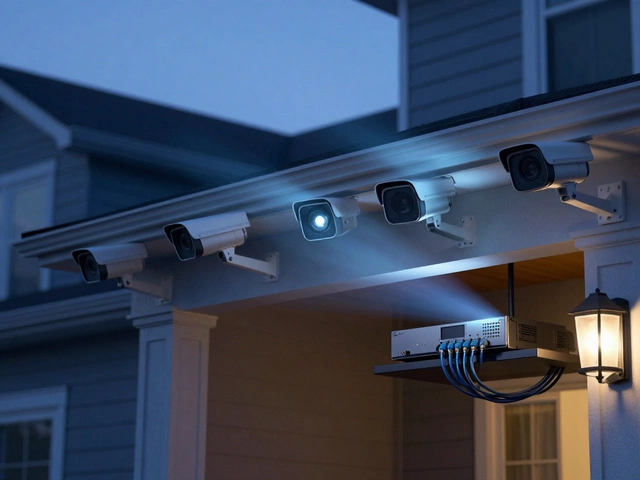Best Security Lights to Keep Your Property Safe in 2025
Good lighting does more than make your garden look nice – it scares off burglars, helps neighbours spot trouble, and lets you see clearly when you get home at night. The right security lights are affordable, easy to install, and work with the rest of your smart home gear. Below you’ll find the basics you need to pick the perfect lights for any property.
How Motion‑Sensor Lights Stop Burglars
Motion sensors flash a bright light the moment someone walks into the beam. That sudden burst makes a thief think you’re watching, so they usually turn around. The best sensors trigger at 12‑30 feet, have a quick response time, and stay on for 30‑120 seconds. Look for units with adjustable sensitivity – you don’t want a passing cat to set them off every night.
LED Floodlights vs. Traditional Bulbs – What’s Better?
LED floodlights dominate the market because they use far less power and last ten years or more. A 50‑watt LED gives the same brightness as a 150‑watt halogen but costs a fraction of the electricity. If you need a wide‑angle wash for a driveway, pick a floodlight with a 120‑degree lens and a dusk‑to‑dawn sensor. Traditional bulbs may be cheaper upfront, but the higher energy bill and frequent replacements make them a poor long‑term choice.
Placement is key. Position lights high enough to cover doors, windows, and any blind spots. A light angled down at 30‑45 degrees reduces glare for passer‑by while still illuminating the area you want to protect. Use a timer or a smart hub so the lights turn on at sunset and turn off when you’re home, saving power and avoiding unnecessary glare.
Brightness matters. For most residential setups, a 200‑lumens per square meter rating is enough to light a front porch or back garden. If you have larger areas, step up to 400‑lumens per square meter. Keep the color temperature between 3000K and 4000K – it’s bright enough to be noticeable but not harsh on the eyes.
Many security lights now integrate with home alarm panels and cameras. When a motion sensor fires, the system can send an alert to your phone and start recording. Check that the light you choose works with popular hubs like Alexa, Google Home, or the Birmingham Security Command Center’s monitoring service. This way you get instant notification and a video record of the event.
Weather proofing is a must in the UK. Look for an IP65 or higher rating – that means the fixture is dust tight and protected against water jets. A good seal prevents rust and keeps the electronics safe during rainy months.
Installation is usually a weekend job. Most battery‑powered motion lights come with a simple bracket and a quick‑connect wire. If you prefer wired power, run a low‑voltage cable from your home’s fuse box and use a transformer rated for the light’s voltage. Always follow the manufacturer’s safety guidelines or hire a qualified electrician.
Finally, test everything after you install. Walk through the covered area, trigger the motion sensor, and watch the light respond. Adjust the angle or sensitivity if needed. With the right lights in place, you’ll add a solid layer of protection without breaking the bank.






